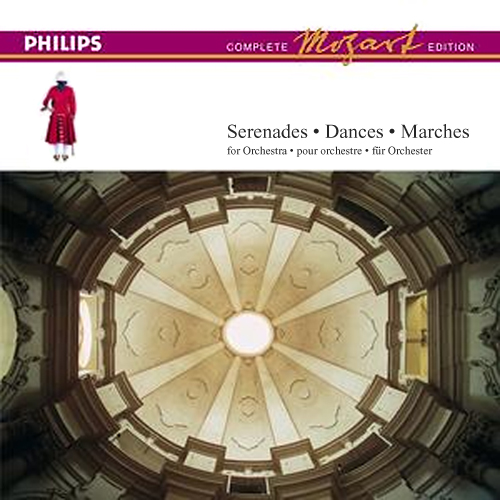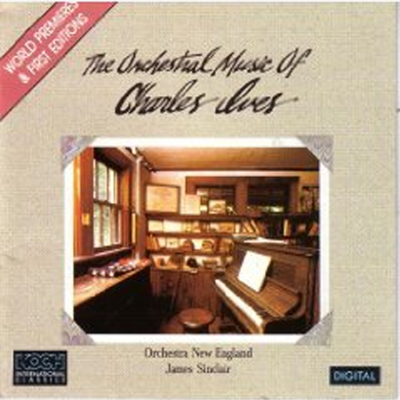Notes from the 2013 Salzburg Festival ( 7 )
Mozart-Matinee • Ingo Metzmacher
Mozart-Matinee • Ingo Metzmacher
Ives Got Something to Remember
Click on excerpt for whole picture. Picture courtesy Salzburg Festival, © Silvia Lelli
The Mozart Matinees at the Salzburg Festival are gladly attended AM-concerts, musical amuse-gueules, easily digestible, and quickening stuff consumed before the concert-activities that follow later that day. Comfortably air-conditioned (not the norm in Salzburg and only recently the norm at the Mozarteum) with lots of room to spread out (also not the norm at these things), this trip to the Mozarteum’s Great Hall promised 6 German Dances, K.571 of the building’s namesake, Charles Ives’s Four Ragtime Dances, Igor Stravinsky’s Danses concertantes, and finally Mozart’s Serenade No.5 in D, K.204 with its accompanying March K.215.
Mozart wrote a lot of German dances—K.571 is just one set of nine—and they’re hearty works… certainly when played as by the Mozarteum Orchestra, with accents falling heavy on the ground like wet potato sacks after a long day’s work. The little violin solo, too, was more rustic than courtly. These are late works by Mozart, and as such they contain a bit of sophisticated ease… but not too much: the Emperor who had these pieces commissioned harbored pretensions of being an egalitarian, after all, and presumably wanted the music to suit the commoners that would be allowed to attend these dance events. During all of it, Ingo Metzmacher stood in front of the players and looked bemused and slightly unnecessary.
  W.A.Mozart, Serenades, Dances & Marches, N.Marriner / A.St.Martin-in-the-Fields et al. Philips       C.Ives, 4 Ragtime Dances et al., J.Sinclair / Orchestra New England Koch     |
Dance and music evolved and lived in particular close relation—and especially in Stravinsky’s work that is obvious. The Dances concertante are the epitome of dance inspiring music and music inspiring dance: concert pieces on dance… then appropriated for dance proper by George Balanchine, even before they were even premiered. (See also: The Dances, Joys, Pleasures in LISTEN Magazine, Summer 12.) It’s since become a minor ballet company staple but rarely makes the jump back into the intended concert environment. Fittingly included in this dance-themed program, they are cheerful and coy, and Stravinsky with a hop and a smile. If they had been placed before the grooving Ives, they might have struck a little less eventless and harmless.
Mozart Serenades, certainly the expansive Serenade in D, are all-in-one concerts: A march to open with (K.215), a symphony (the opening and three closing movements), then within the symphony’s Andante a wind serenade, and a veritable violin concerto in between (movements 2-4). The latter would not look out of place if it were excised and added to the canon of the five contemporary violin concertos as Number “0”. Concertmaster Frank Stadler played the violin part that Mozart would have played himself amiably and still a little on the rustic, authentic side. Altogether a pleasant way to end a concert that will remain in good memory primarily, solely, for the Ives.























































